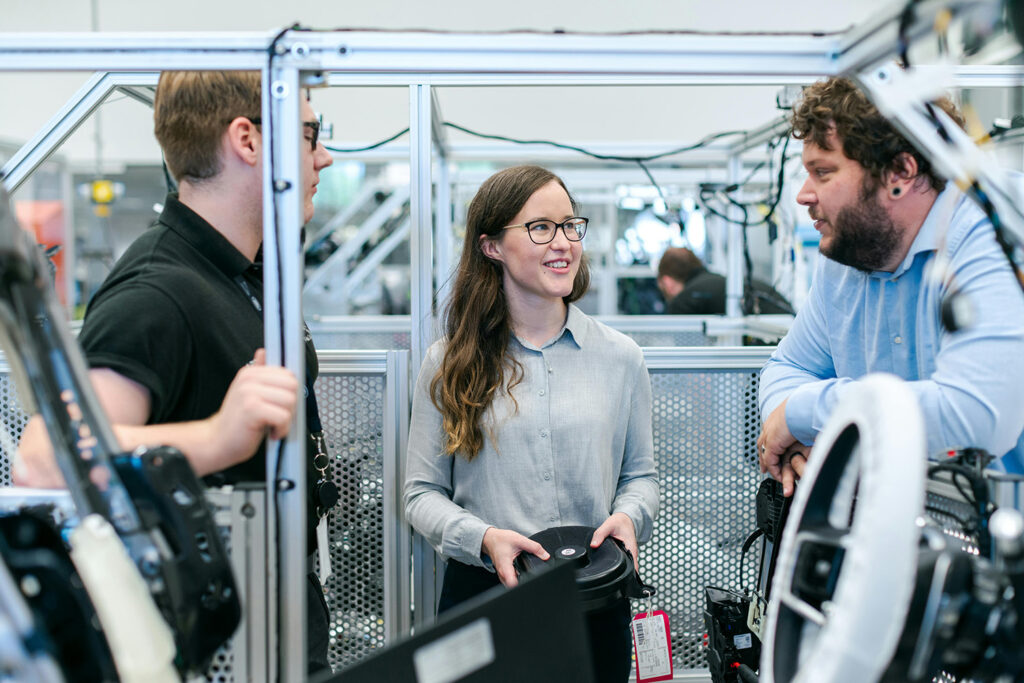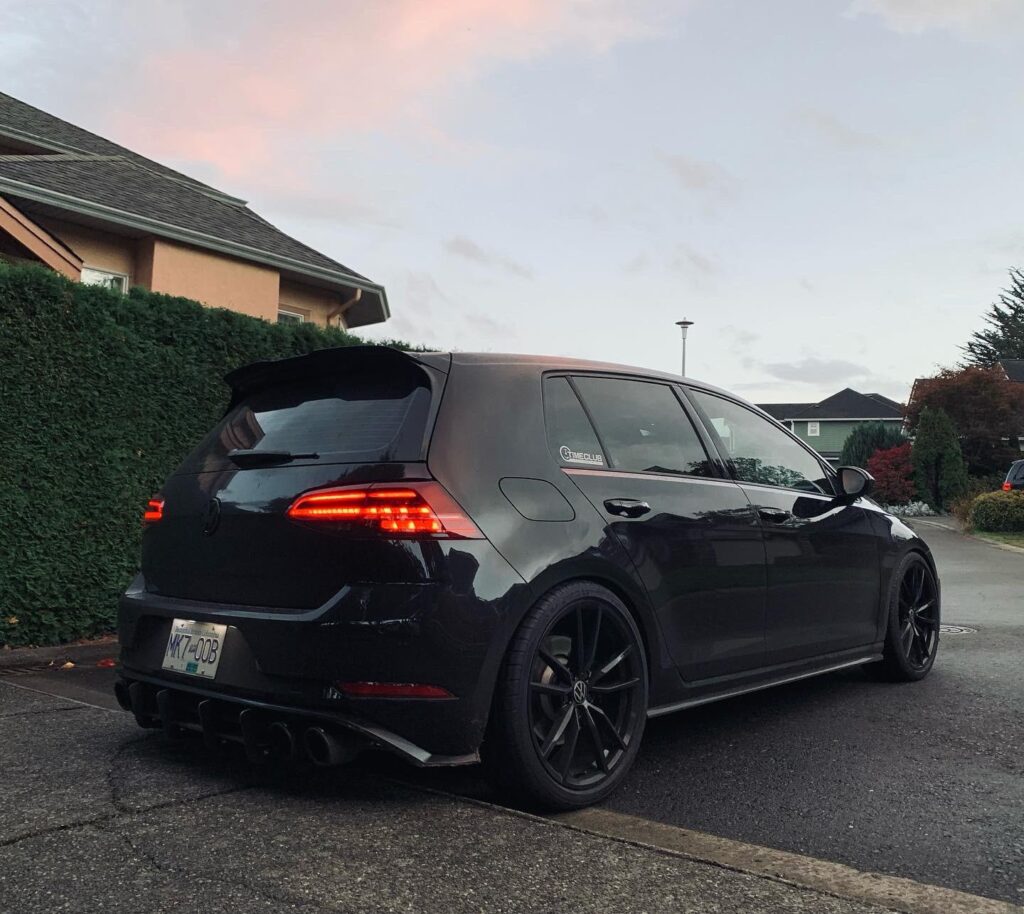As a lifelong motorsport enthusiast, I’ve always been captivated by the adrenaline-pumping action on the track. But over the years, I’ve come to appreciate that the spectacle isn’t confined to the race itself. Behind the scenes, a revolution has been unfolding in the paddocks: the transformation of humble motorsport trailers into luxurious hospitality suites.
From Toolboxes to Lounges: The Transformation
In the early days, motorsport trailers were utilitarian—designed solely to transport cars and equipment. Teams would set up makeshift tents or use the trailer’s interior for basic needs. However, as the sport professionalized and sponsorships became pivotal, the demand for sophisticated, branded spaces grew. Enter the era of hospitality trailers: mobile units that serve as command centers, lounges, and promotional platforms.
Case Study: The Titan 1007 – Ex-Brawn GP F1 Team Hospitality Trailer
One of the most iconic examples of this evolution is the Titan 1007 hospitality trailer, formerly used by the Brawn GP Formula 1 team. This isn’t just a trailer; it’s a two-story marvel that once hosted legends like Jenson Button and Rubens Barrichello.

Key Features:
- Upper Level: Two carpeted rooms serving as offices or meeting spaces, a spacious lounge area, and panoramic windows offering a view of the paddock.
- Lower Level: An office, a soundproofed engineering room, a therapy room, and a fully equipped kitchen.
- Amenities: Air conditioning throughout, satellite communication, automatic sliding doors, and ample power outlets.
This trailer wasn’t just functional; it was a statement of professionalism and prestige. Its design facilitated team operations while providing a comfortable environment for guests and sponsors.
The Broader Impact on Motorsport
The advent of such advanced hospitality trailers has had a ripple effect across the motorsport world:
- Enhanced Team Operations: With dedicated spaces for strategy meetings, data analysis, and relaxation, teams can operate more efficiently.
- Sponsor Engagement: These trailers offer sponsors a premium environment to entertain clients and showcase their brand.
- Fan Experience: Some teams open their hospitality units to fans, providing an exclusive glimpse into the inner workings of a race team.
Looking Ahead: The Future of Motorsport Trailers
As technology advances and sustainability becomes a priority, the next generation of hospitality trailers is poised to be even more innovative:
- Eco-Friendly Designs: Incorporating solar panels, sustainable materials, and energy-efficient systems.
- Modular Interiors: Spaces that can be reconfigured based on the event or team’s needs.
- Enhanced Connectivity: State-of-the-art communication systems to keep teams connected in real-time.
For fans like me, these developments add another layer of excitement to the motorsport experience. It’s not just about the race; it’s about the entire ecosystem that supports it.
In conclusion, the evolution of motorsport trailers from basic transport units to sophisticated hospitality suites reflects the sport’s growth and the increasing emphasis on professionalism, branding, and fan engagement. As we look to the future, these mobile marvels will undoubtedly continue to play a pivotal role in the world of racing.



